Pet-Friendly Gardens: Keeping Both Safe All Season
How To Grow Pet-Friendly Gardens
We would love to live in a world where our beloved cats and dogs can coexist with our prized garden beds. However, due to dogs’ digging habits and cats’ idea of what a bathroom is, there just doesn’t seem to be a way to create pet-friendly gardens without just a bit of help.
Toxic Plants
Though you may not realize it, there are many common plants found in your garden that are actually toxic to your pets. These plants can range from very toxic to only mildly toxic and can cause symptoms like vomiting and diarrhea when ingested by your pet. Some common examples are wisteria, daffodils, and foxglove. It’s always a good idea to research which plants are harmful to your pets before selecting them for your garden. Check out the ASPCA’s Website to get a more extensive list of toxic plants. Pet-friendly gardens aren’t 100% effective, so keeping toxic plants out of your garden might be the safest option for your pets.
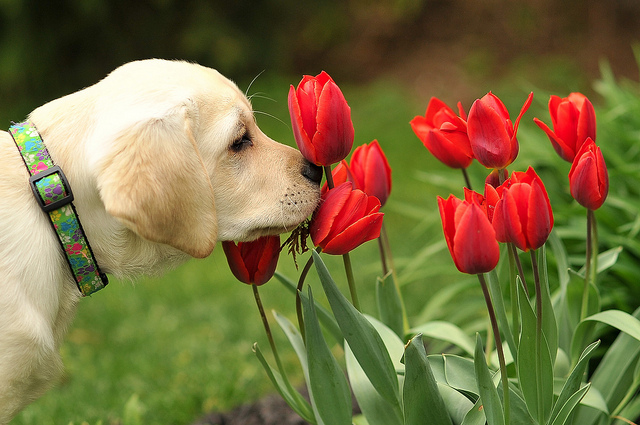
Switch It Up!
In order to create pet-friendly gardens, you must be prepared to make a few changes. Perhaps several new, non-toxic plants will make their way into your garden this year. Non-toxic plants coupled with a few other ideas may create the perfect garden you and your pets can enjoy. This way, you can continue to enjoy your favorite lilies while not harming your feline friends or those colorful mums without hurting your pooch.
Fence It In
There are many different ways to create a physical barrier to keep your pets out of your garden beds. Many gardeners looking to create pet-friendly gardens swear by chicken wire. Place garden stakes upright along the perimeter of the garden bed. At one of the ends, place a roll of chicken wire. When leaving your pets in your yard unattended, unroll the chicken wire, using the stakes to hold it in place. This will create a temporary barrier without ruining the look of your garden. You can also create a more permanent fence that has a stylistic element to it.
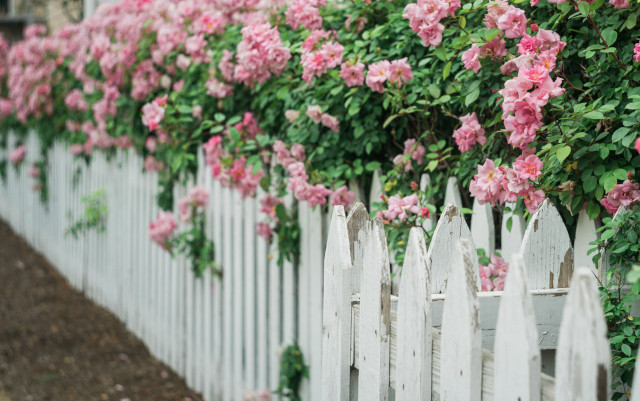
Unwelcome Scents
Many gardeners have found little gifts in their gardens from their cats. While it is nice to allow your cat free-roam around your gardens, it can be annoying to see the evidence they’ve left behind. One solution many gardeners have found beneficial is planting pungent herbs. The harsh scent of herbs like rosemary and sage do not attract cats. A few of these plants around the perimeter of your garden can help keep the cats out. Plus, you can try some recipes from this blog like the delicious herb butters!
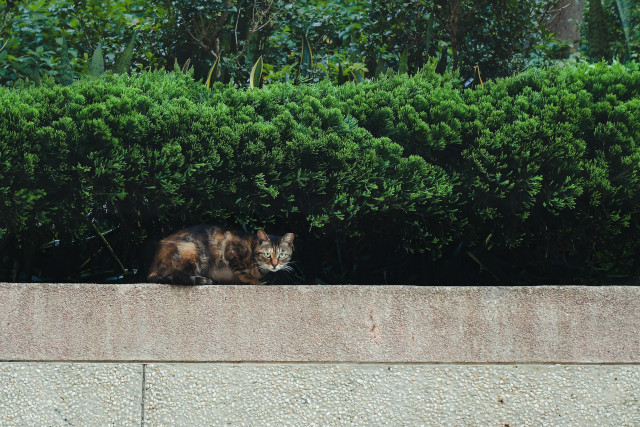
Thorny Plants
While there is a bit of controversy over whether pet-repellent plants truly exist, there are a few plants that are almost guaranteed to fend off any of your pets. The saying “Every rose has its thorn” gains a new meaning when creating pet-friendly gardens. While roses are not toxic for pets, a jab from a sharp thorn on a rosebush can remind your pets to stay away. Pets tend to remember negative experiences and it can help deter them from visiting your garden beds.
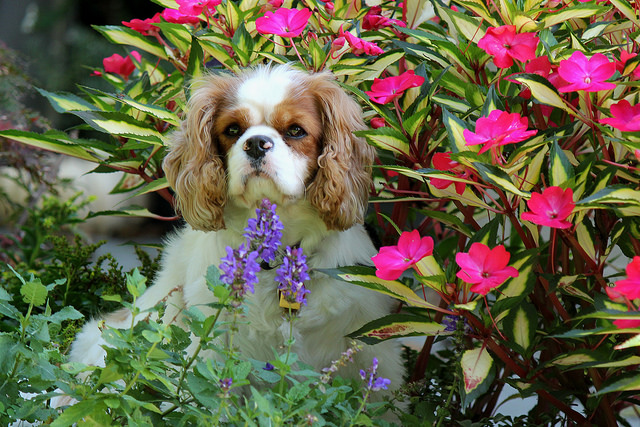
Motion Sensor Sprinklers
Negative experiences for pets don’t only mean thorns. It can also mean something as harmless as water. Cats usually hate getting wet and the noise and sudden spurt of water that accompanies motion sensor sprinklers can startle dogs. This will deter them from coming near that area again. A downfall of these sprinklers is that they can’t distinguish between pets and humans. So if you’re prone to forgetting to turn off sprinklers before you start gardening, prepare to get a little wet!
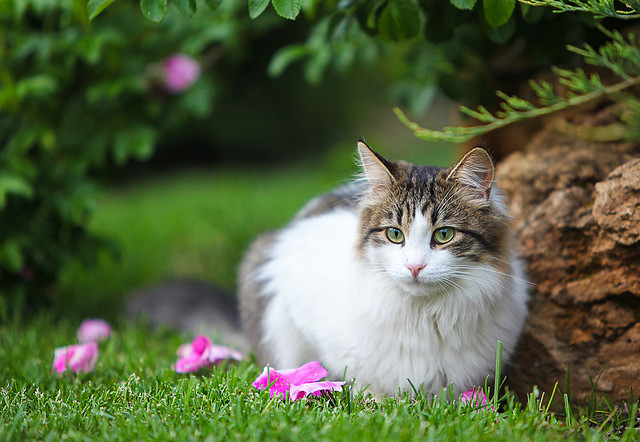
Find What Works for You!
While there are many different solutions to creating pet-friendly gardens, make sure you find the one that works best for you and your furry friends. It’s always a good idea to have a good understanding of which plants can harm your pets and what symptoms they will show. This way, you can ensure proper treatment and avoid any serious side-effects. There is always a solution when combining your love for your pets with your love for gardening. Find the one that works for you!
